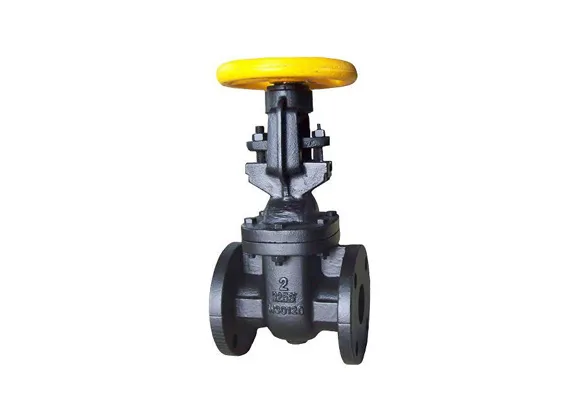Feb . 10, 2025 12:33
The butterfly valve is a ubiquitous component in many industrial applications, offering superior flow control with a remarkably simple design. Its wide use across various sectors necessitates a detailed understanding of its standard dimensions, ensuring compatibility and performance efficiency. Evaluating butterfly valve dimensions involves a deep dive into the standards that guide their manufacture and implementation in real-world scenarios.

Butterfly valves stand out for their exceptional versatility. These devices regulate fluid flow through a pipe by rotating a disc positioned in the center of the pipe. When turned perpendicular to the flow, the disc completely blocks the flow, while a parallel position allows fluids to pass. The dimensions of butterfly valves are crucial for determining their suitability for specific applications, as they impact factors such as pressure levels, flow rates, and pipe sizes. Therefore, adhering to standardized dimensions ensures consistency in manufacturing, enhancing interoperability.
International standards have been established to maintain uniformity in butterfly valve dimensions. Among the most recognized are ISO (International Organization for Standardization) and ANSI (American National Standards Institute), which provide comprehensive guidelines. ISO 5752 and ANSI Class 150/300, for instance, detail flange dimensions - critical in ensuring the valve fits securely onto the pipe. By following these standards, manufacturers guarantee that products meet both safety and performance metrics, thereby enhancing their reliability.

Adhering to these standards allows for precise dimensioning, including critical measurements like the valve’s diameter, thickness of the body, face-to-face length (the distance between the valve’s two flanges), and the bore diameter. These standardized measurements help avoid operational inefficiencies and potential failures that could arise from dimensional discrepancies.
Selecting the appropriate butterfly valve for a particular application extends beyond understanding its dimensions; it requires an evaluation based on specific criteria. Considerations should include the material composition of the valve, its pressure rating, and media compatibility. Materials such as stainless steel, cast iron, or PVC are utilized based on the operational environment, ensuring resilience against corrosive or high-temperature conditions. Additionally, understanding the pressure rating, which indicates the maximum pressure the valve can handle, is crucial to avoid failures during operation.
butterfly valve dimensions standard
The type of media that the butterfly valve must regulate—whether it be liquids, gases, or steam—also influences the choice of valve dimensions and materials. Thus, precise selection grounded in the understanding of these parameters ensures longevity and optimal performance of the system.
Expert knowledge of butterfly valve dimensions also covers the operational mechanics involved. Triple offset butterfly valves, for example, have garnered attention for their ability to minimize wear and extend valve lifespan through improved sealing and torque reduction features. These advancements emphasize the evolution in valve design, highlighting the industry’s focus on innovation and efficiency. Understanding these nuances provides consumers with options that not only meet basic requirements but add value through enhanced functionality.
The assurance that comes with knowing one's selection complies with international standards establishes trust within the global marketplace. It reflects credibility, indicating that the valve is crafted with precision and quality in mind, devoid of shortcuts that could compromise safety or performance.
In conclusion, understanding the standardized dimensions of butterfly valves is integral for engineers and industry professionals seeking to optimize workflow solutions. A detailed knowledge of these standards, coupled with consideration of specific operational conditions, empowers decision-making, guarantees safety, and enhances functional reliability. As industries evolve and demands for efficiency and reliability grow, expertise in valve dimensions stands as a testament to technical competence and a commitment to industry standards.


 Call us on:
+86-311-86935302
+86-311-86935302
Call us on:
+86-311-86935302
+86-311-86935302
 Email Us:
info@thriveonvalve.com
Email Us:
info@thriveonvalve.com South of Huanmadian Village Town, Ningjin County, Xingtai, Hebei Province, China
South of Huanmadian Village Town, Ningjin County, Xingtai, Hebei Province, China